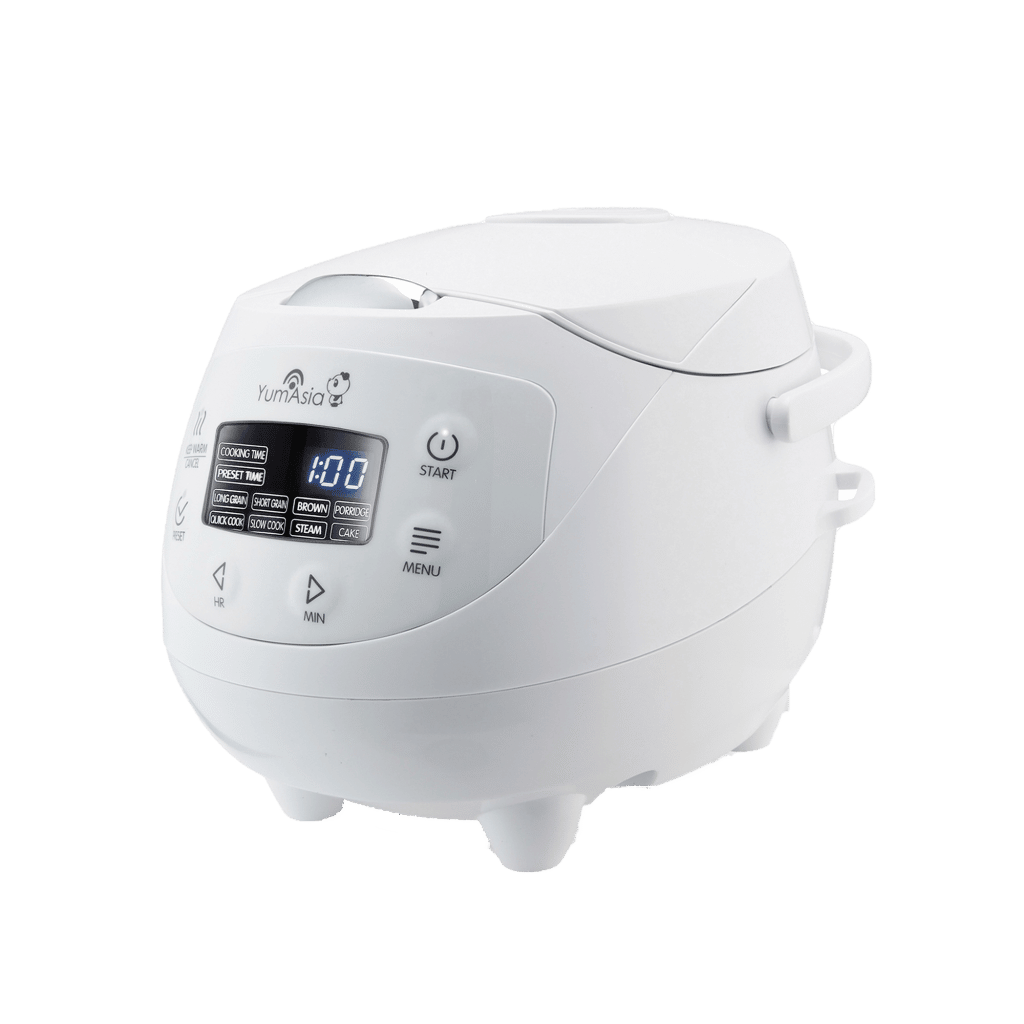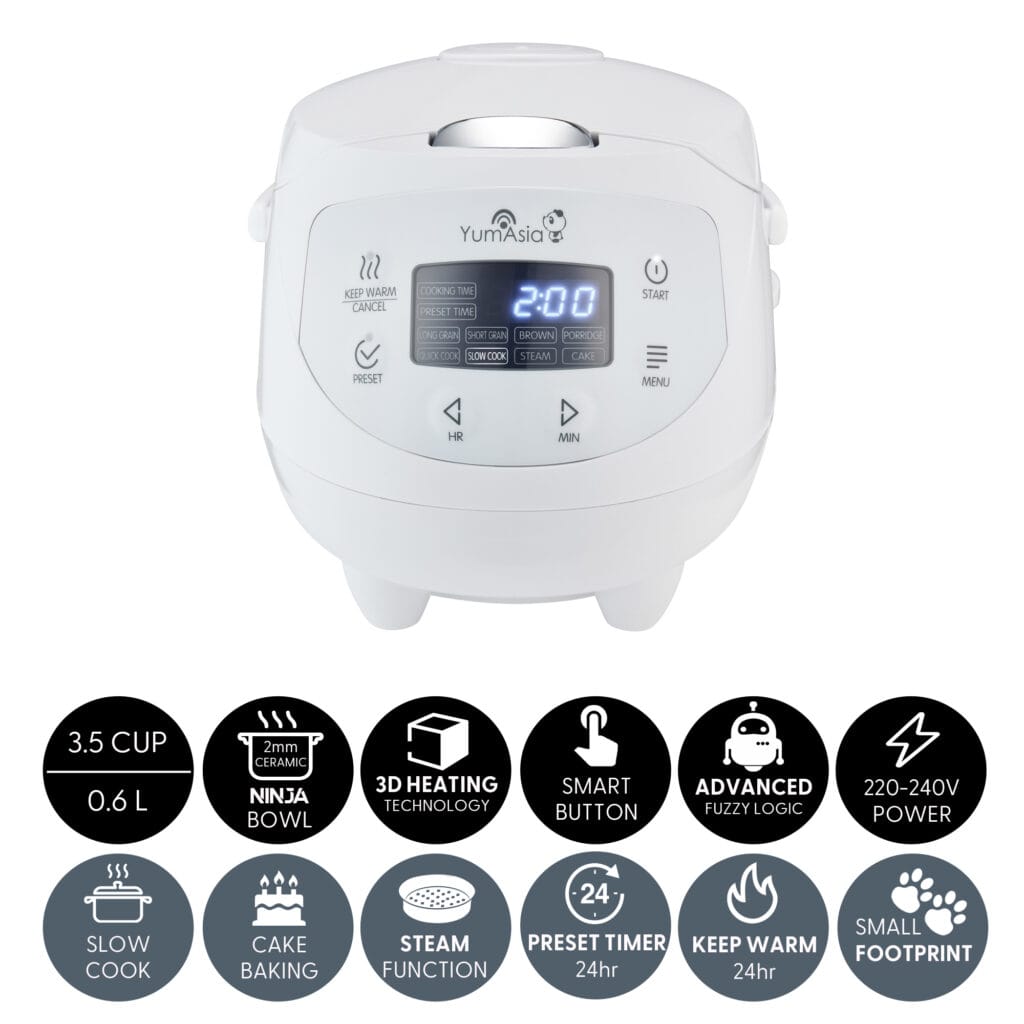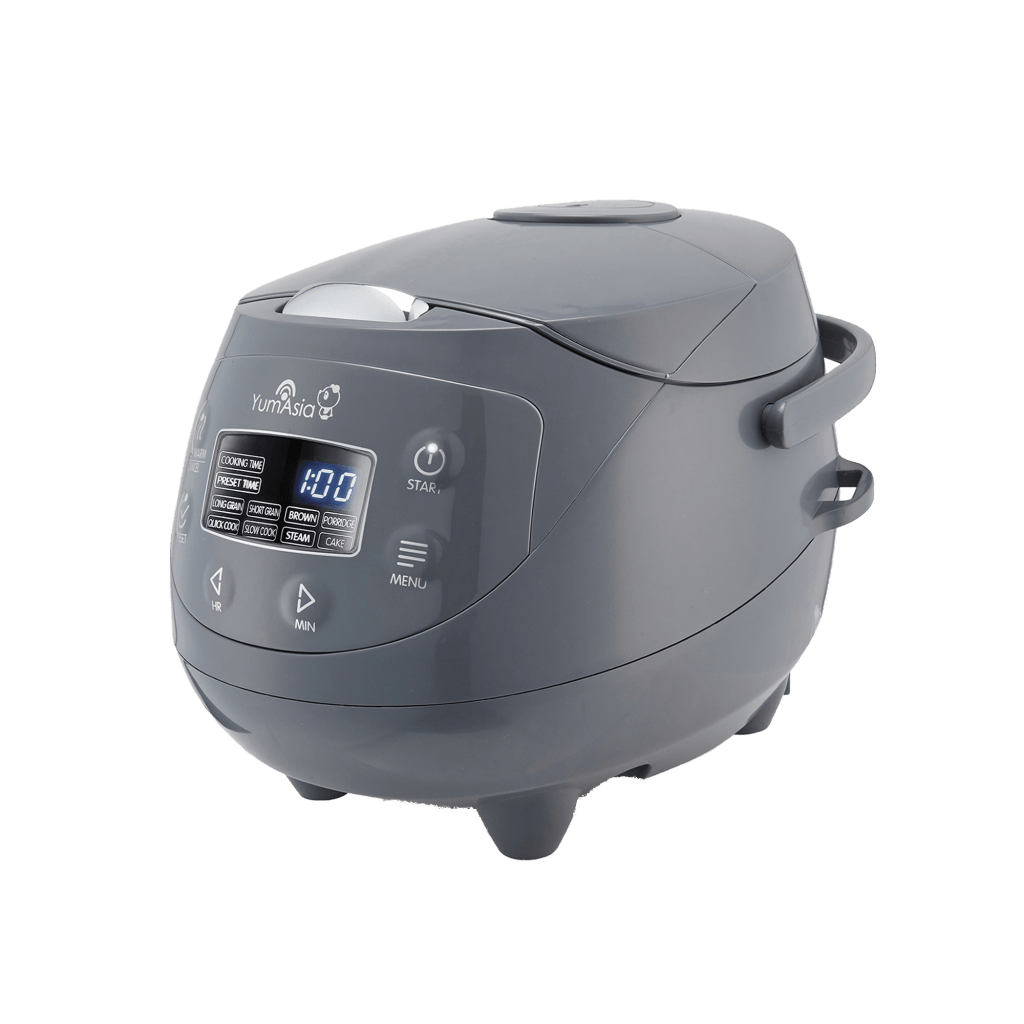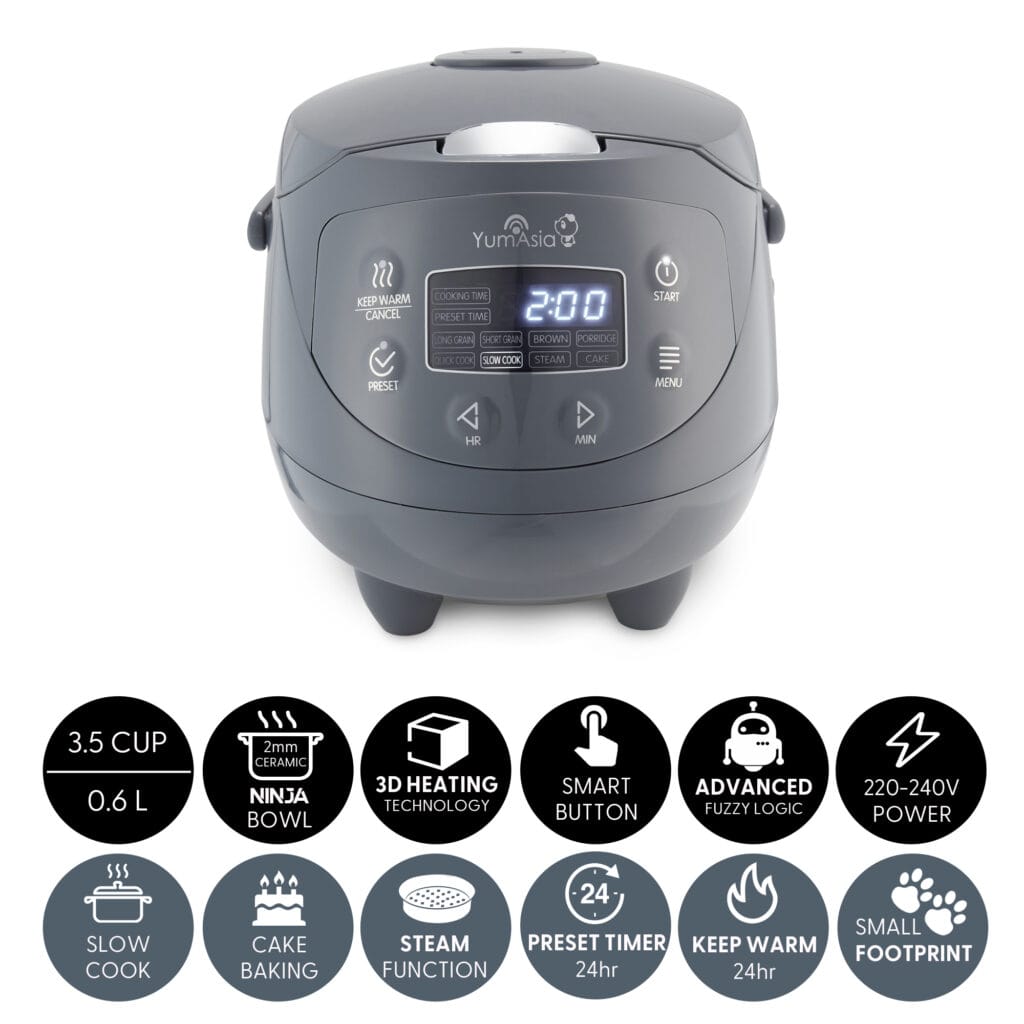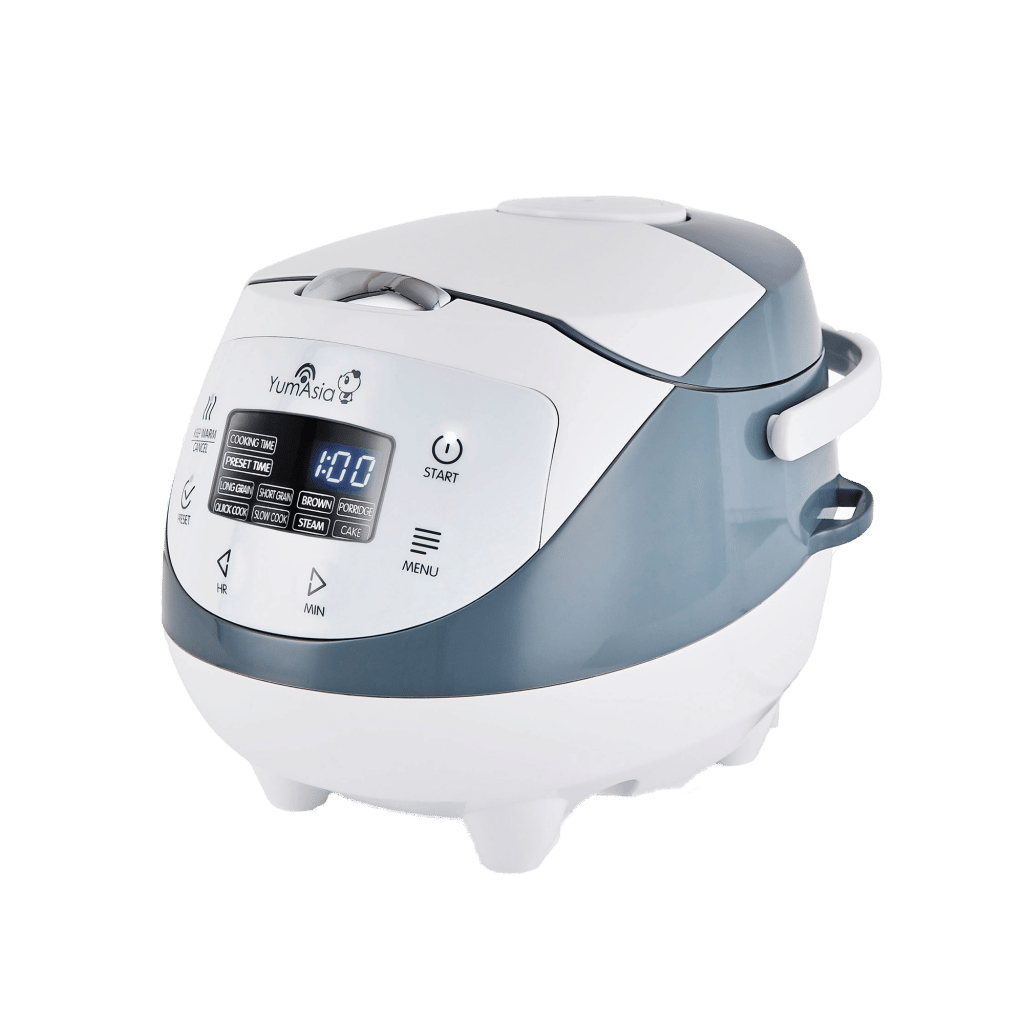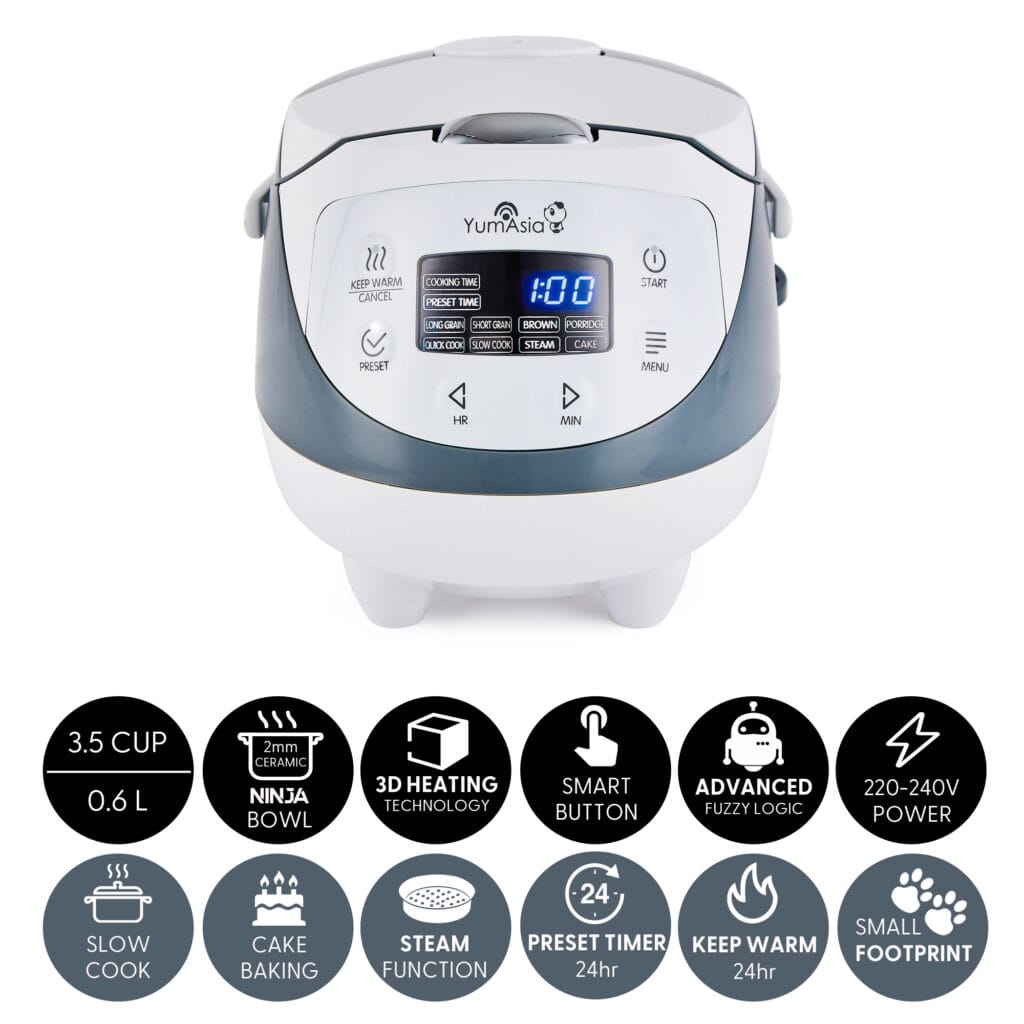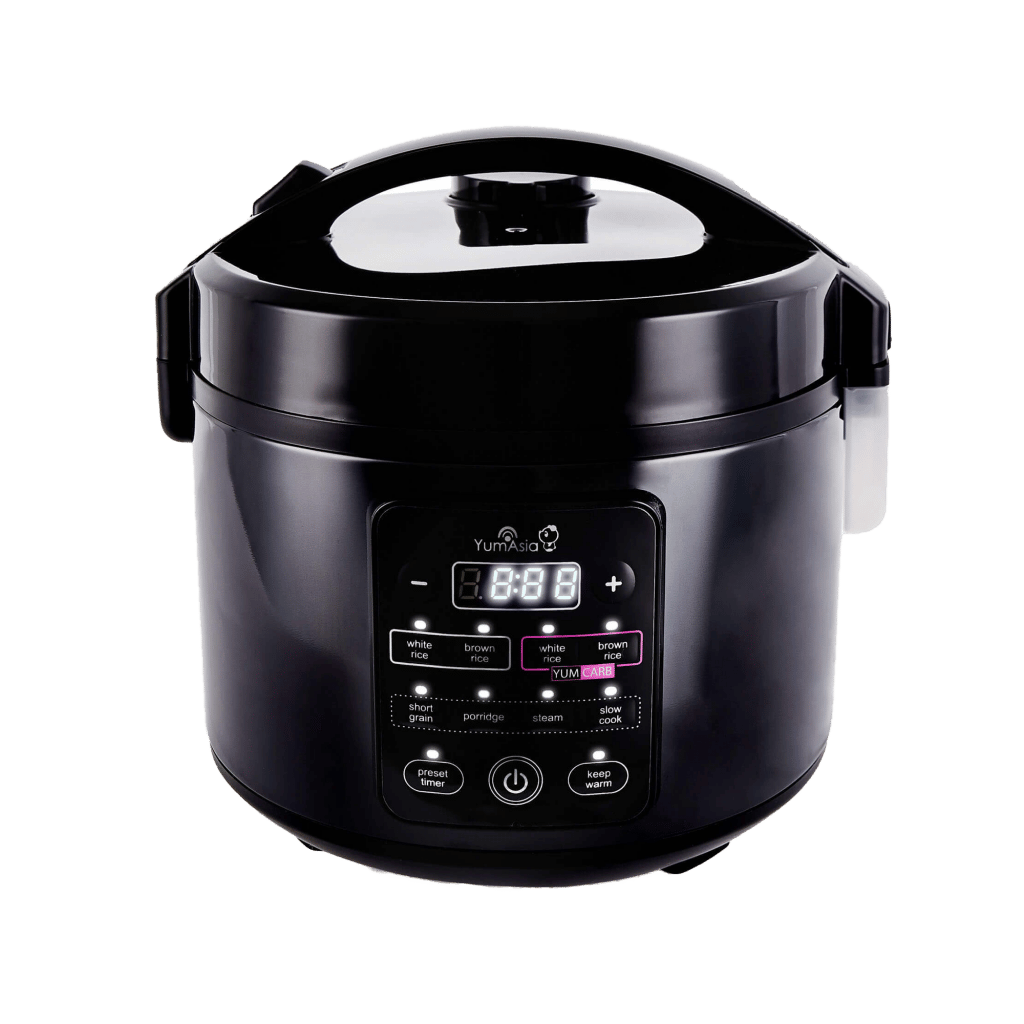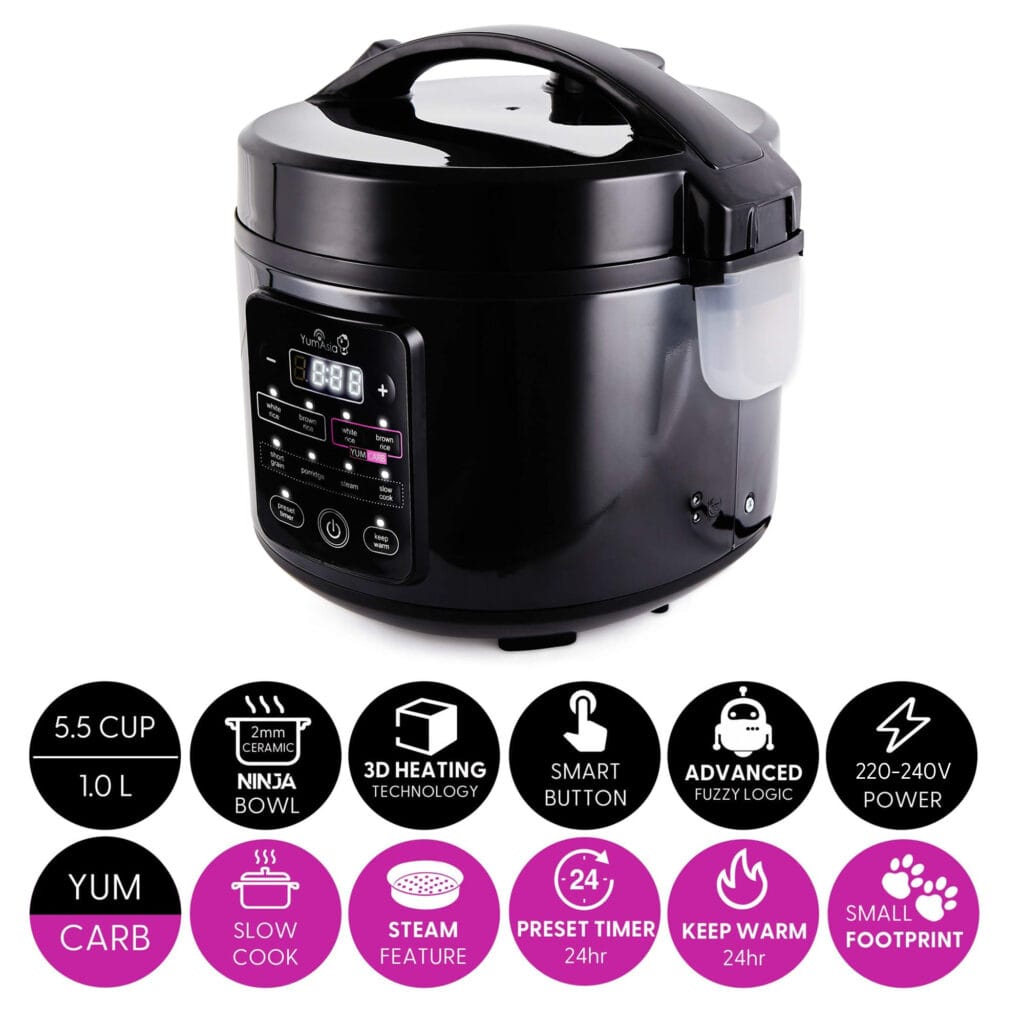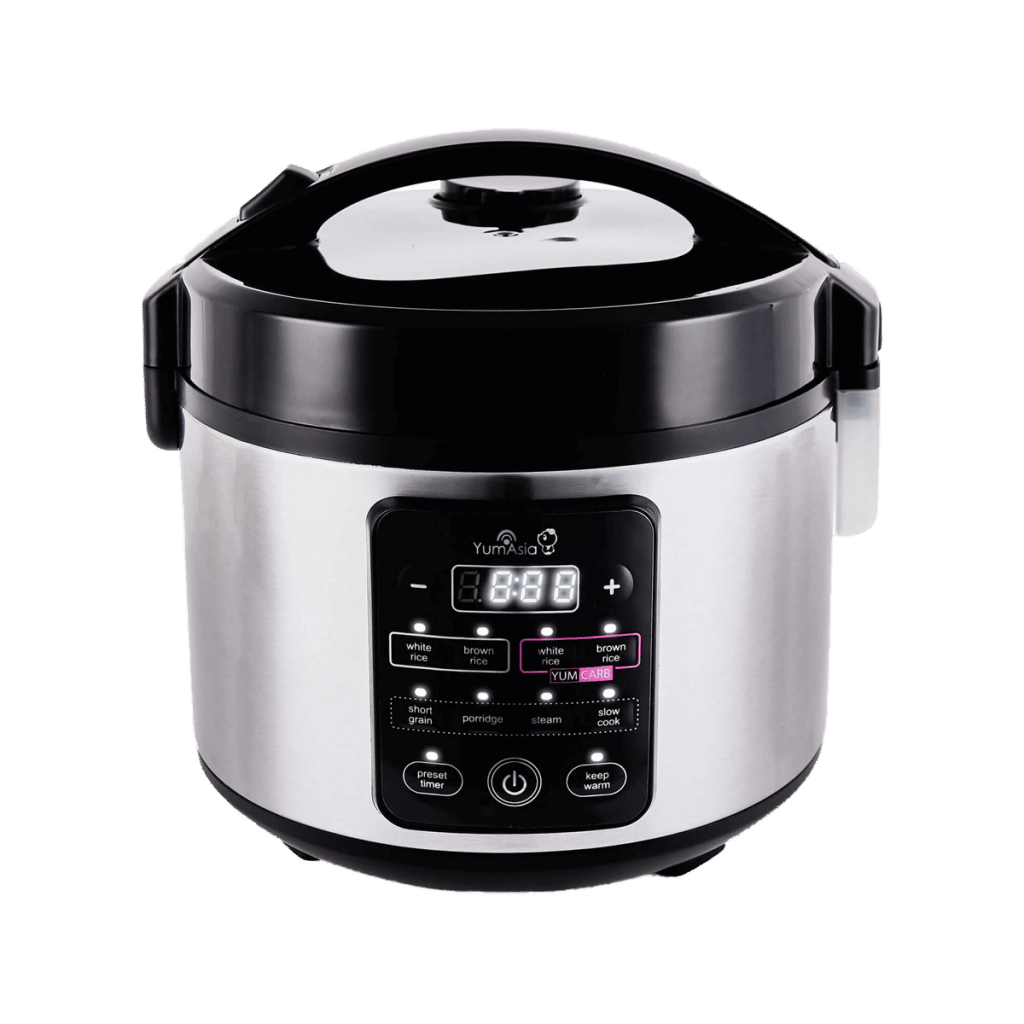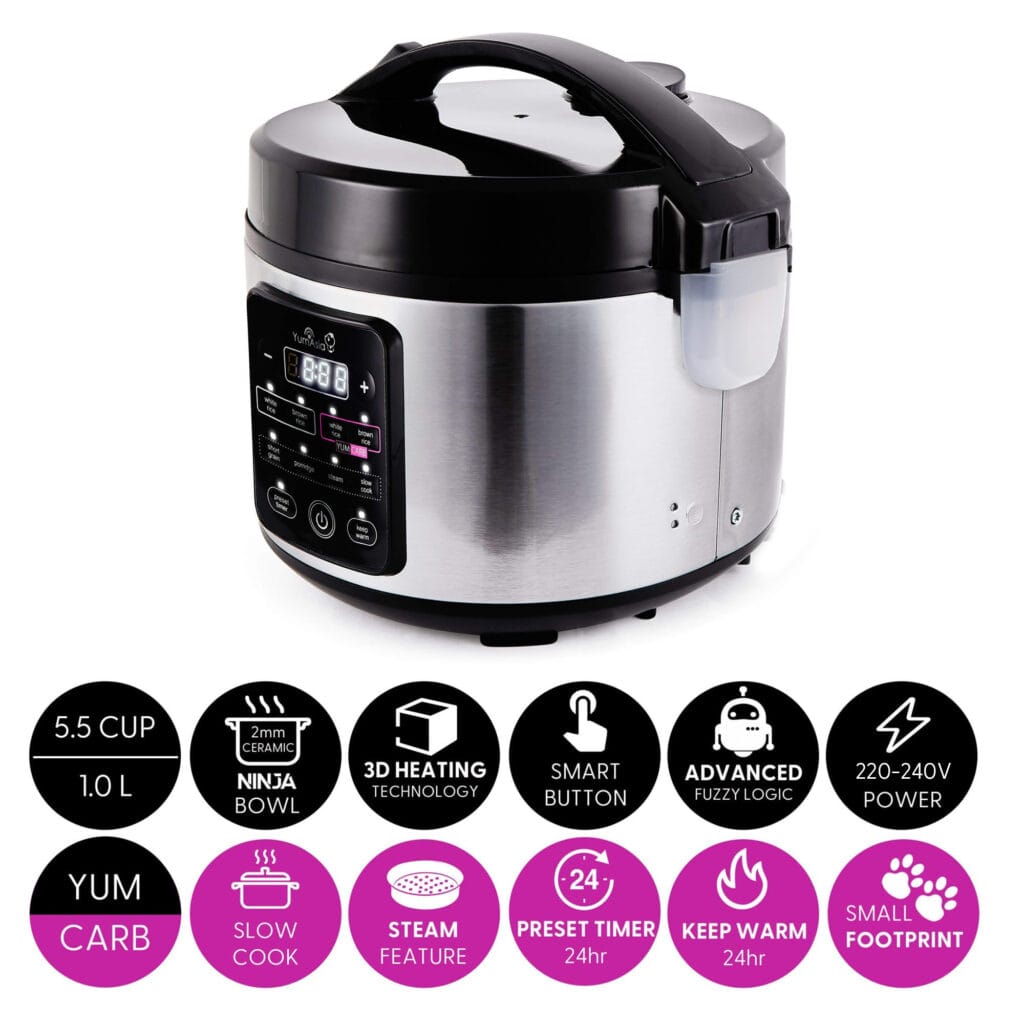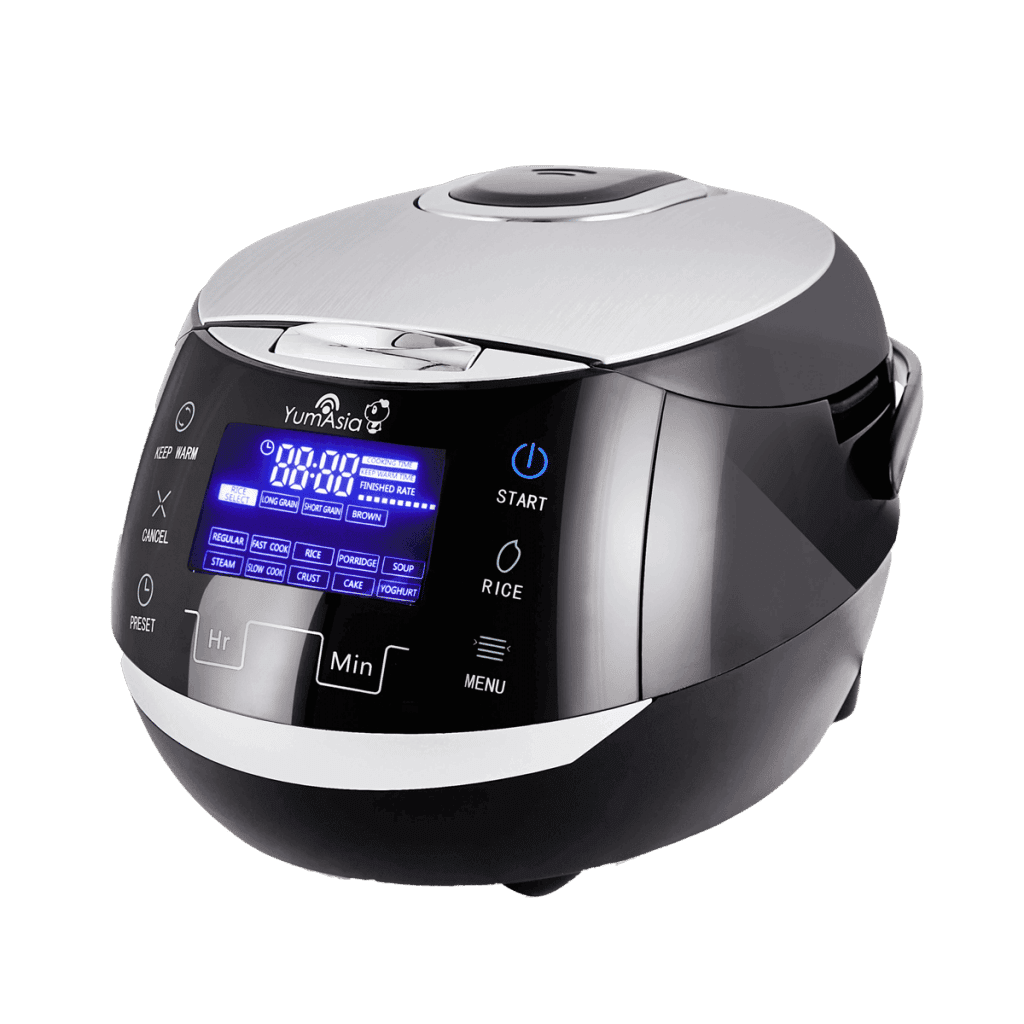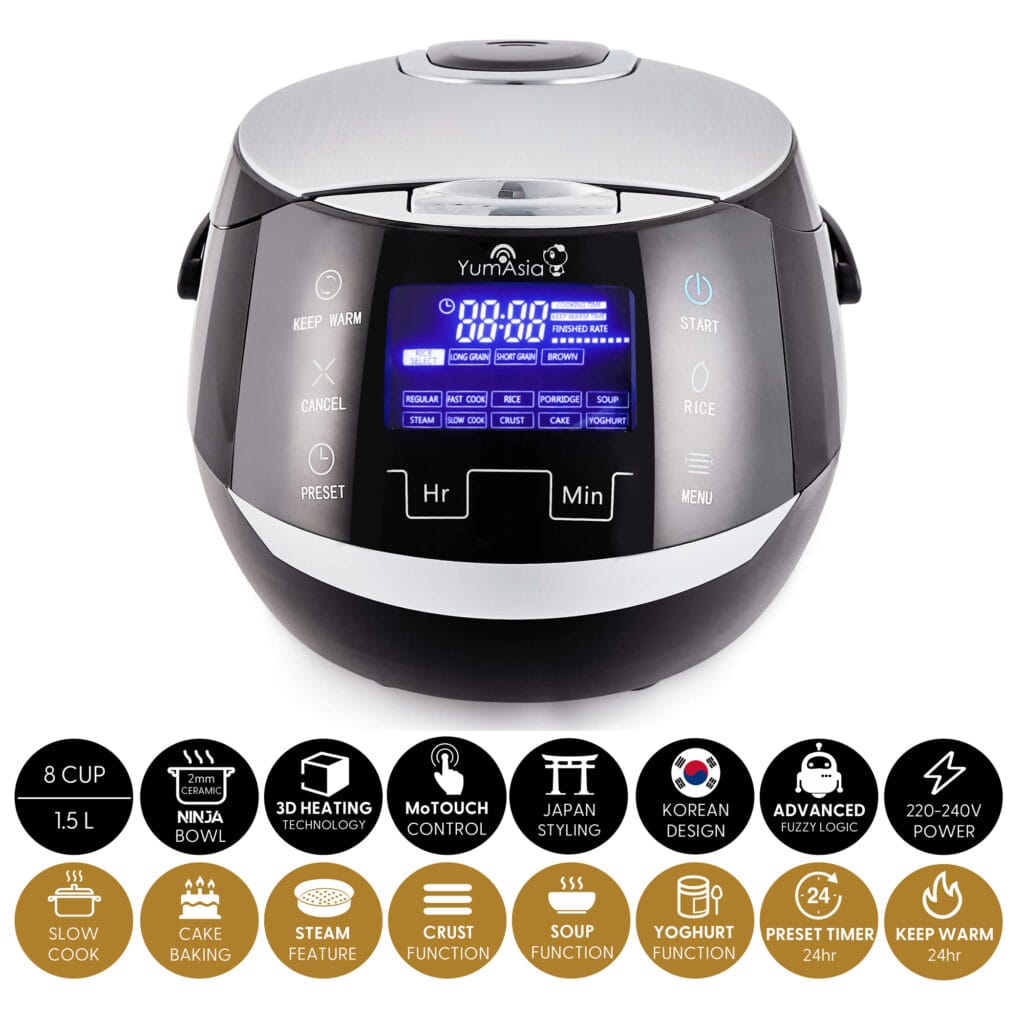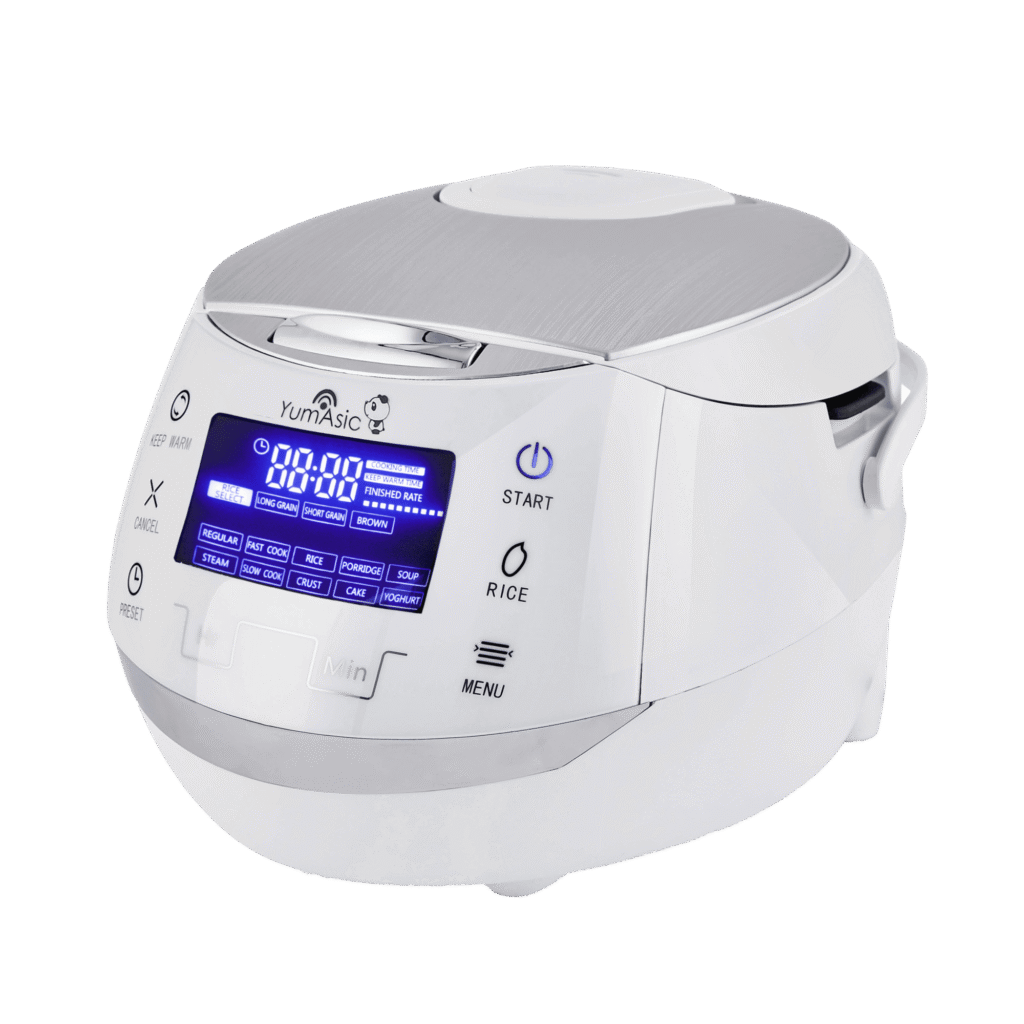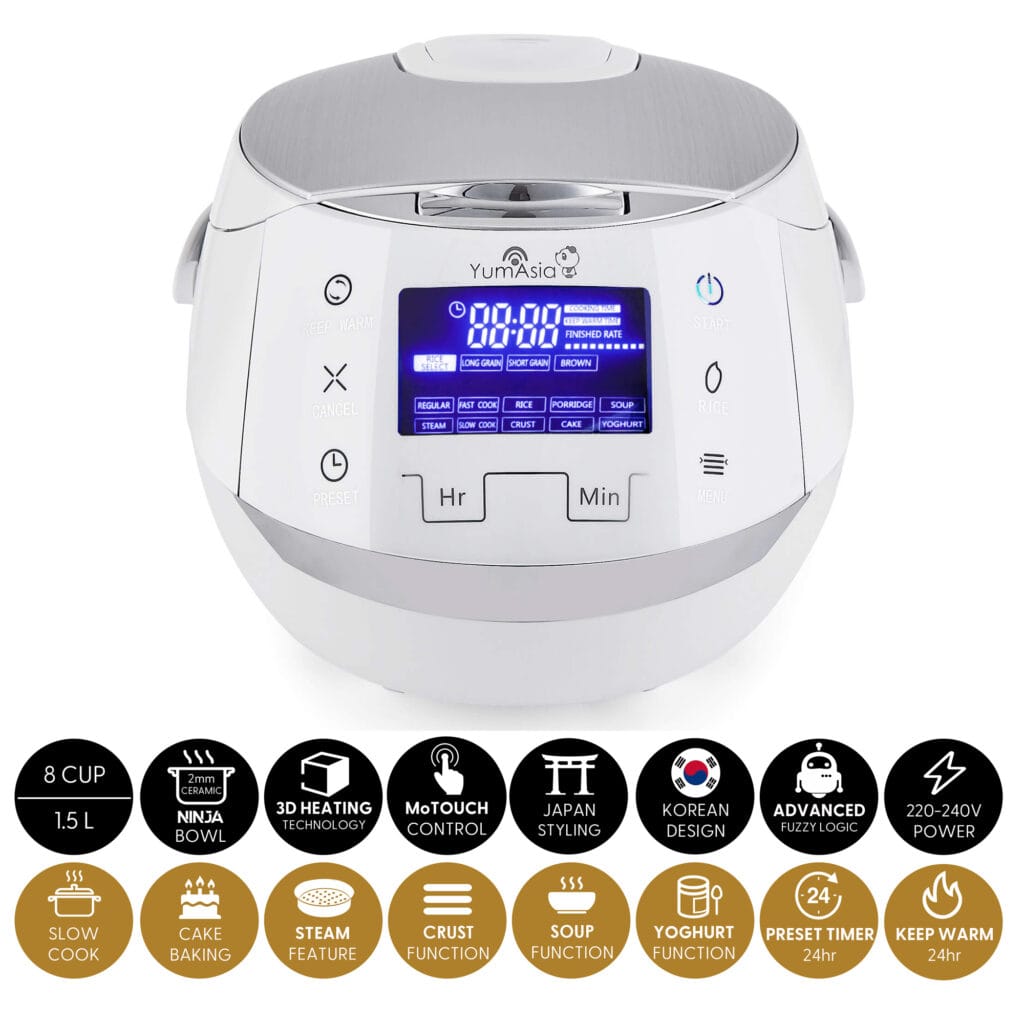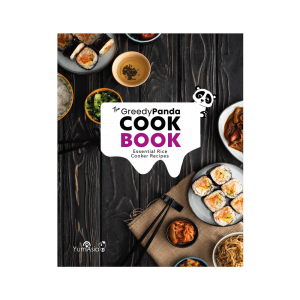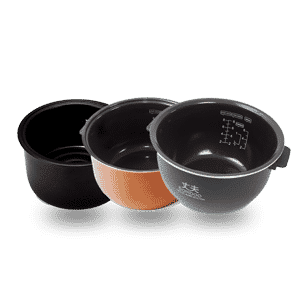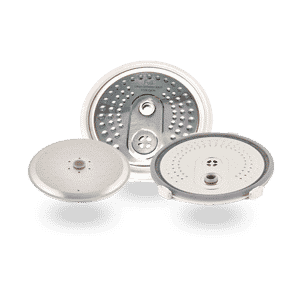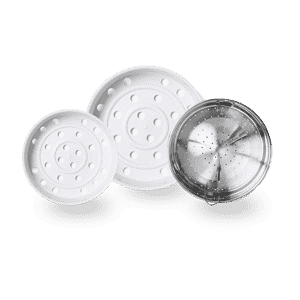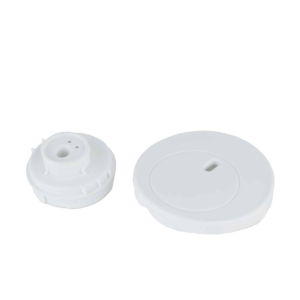Let's Look At The Healthy Stuff
Rice is one of the oldest cultivated crops, first mentioned in history as far back as 2800 BC in China. Rice is a staple crop and forms the foundation of the diet for many of the world's population, especially those living in Southern and Eastern Asia.
There are four major categories of rice worldwide, indica, japonica, aromatic and glutinous and it’s thought over 140,000 different varieties of rice, but only a few varieties are grown widely. In many Asian languages the word for rice is interchangeable with the word for food and is the staple food of over half the world's population.
But did you know that contrary to what some people may think – rice is actually very healthy for you!
Check Our Rice Guide
Learn about grain types, cooking tips and more
The Science Part
Rice is an excellent source of energy. It is comprised of 77.5% carbohydrate; carbohydrate is one of the human body's two main sources of energy, the second being fat. Like other cereals, the carbohydrate in rice is mainly in the form of starch - a complex carbohydrate, and like other cereals the starches occur in granules in the endosperm. Starch exists as either amylose or amylopectin and comprises units of glucose (a simple sugar) linked together in very large numbers. During digestion, the links are broken and the resulting glucose is absorbed into the body.
Amylopectin contains branches and is less resistant to digestion whereas amylose is a straight chain molecule and harder for the digestive system to break up. This means that rice varieties with a greater proportion of starch in the form of amylose tend to have a lower glycaemic index (see below for more information on the glycaemic index).
So Why Is Rice Good For You?
Rice is an excellent food source, low in fat and high in starchy carbohydrate. Rice is packed full of vitamins and minerals and provides an excellent source of vitamin E, B vitamins (thiamin, niacin) and potassium.
Brown rice and basmati rice have medium or low GI values, and are not associated with increasing risk factors for weight gain and diabetes. Rice has been found to be very easy to digest. It is low in fat, low in cholesterol, high in starch, and has a high nutritional content. Rice also contains a range of important nutrients, including B and E vitamins, protein, and minerals - especially potassium which helps the body reduce toxins.
Rice can contribute significantly to vitamin and mineral intake, although the contribution to micronutrient intake will depend on the proportion of germ, bran and endosperm consumed (i.e. the balance between brown and white rice).
According to the UK's Food Standard Agency Balance of Good Health food model, cereal products including rice, alongside potatoes, bread and cereals, should form the major part of a meal. These guidelines recommend that one-third, or 33%, of meals are based on carbohydrate rich food such as rice, bread, pasta and potatoes. In terms of calories, carbohydrate rich foods should make up around 50% of our total calorific intake.
Allergic reactions to rice are rare in the western world, and rice can be an invaluable alternative source of carbohydrate and energy for anyone allergic to gluten or wheat. Rice can also be ground and made into flour and wine.
The Way You Cook Rice Matters
The varieties of rice, for many purposes, are distinguished as long, medium, and short-grain rice.
The grains of fragrant long-grain rice (high amylose) tend to remain intact after cooking; medium-grain rice (high amylopectin) becomes more sticky.
Medium-grain rice is used for sweet dishes, for risotto in Italy and many rice dishes, such as arròs negre, in Spain. Some varieties of long-grain rice are high in amylopectin, these are generally known as sticky rice, usually steamed. A stickier short or medium grain rice is used for sushi; the stickiness lets the rice be moulded into a solid shape whilst short-grain rice is often used for dessert dishes like rice pudding.
In Middle Eastern cuisine, rice is an ingredient of many soups and dishes with fish, poultry, and other types of meat. It is also used to stuff vegetables or is wrapped in grape leaves (dolma). When combined with milk, sugar, and honey, it is used to make desserts. In some regions, bread is made using rice flour. Medieval Islamic texts spoke of medical uses for the plant.
Rice may also be made into congee (also called rice porridge, fawrclaab, okayu, Xifan, jook, or rice gruel) by adding more water than usual, so that the cooked rice is saturated with water, usually to the point that it disintegrates. Rice porridge is commonly eaten as a breakfast food, and is also a traditional food for the sick.
Rice may be soaked prior to cooking, which saves fuel, decreases cooking time, minimizes exposure to high temperature and thus decreases the stickiness of the rice. For some varieties, soaking improves the texture of the cooked rice by increasing expansion of the grains. Good premium rice cookers sometimes have this soaking phase built into their fuzzy logic programmes.
By far the easiest way of cooking rice is in a rice cooker, we stock several models of fuzzy logic rice cookers which make cooking rice very simple. However, rather than simply boiling the rice, these rice cookers gently steam, braise, soak, boil, rest and make small adjustments to the temperature to produce rice which is perfect.
What Is The Glycaemic Index?
There is currently developing interest in classifying foods according to their glycaemic index. The GI is intended to measure how quickly a carbohydrate food is absorbed into the blood stream. Foods with a higher GI are, in principle, more quickly digested than those with a lower GI value. To simplify things, the rate of digestion and absorption is influenced by a number of factors:
- Cooking method and amount of chewing (the more food is chewed, the higher the GI value)
- Cooking or processing (milling increases the GI)
- The nature and amount of carbohydrate
- Other food components (presence of fat and protein tends to lower GI values)
- The nature of the starch (eg: ratio of amylose to amylopectin)
- Individual variation. Given the same food, there can be a 50% variation in GI value between individuals
- By eating low GI foods this means that the energy released from the food is slower and therefore keeps you feeling fuller for longer!
Hatsuga genmai (or germinated brown rice) is unpolished brown japonica (Japanese) rice, that has been allowed to germinate in order to alter the flavour and also to increase levels of nutrients such as gamma-aminobutyric acid (GABA). Hatsuga genmai has a softer texture than brown rice, a nuttier flavour and a lower GI value. Germinated (GABA) rice an emerging health food where regular brown rice is soaked in warm water prior to cooking; the warm bath induces germination, or sprouting, which stimulates rice enzymes to produce more nutrients. One of these nutrients is the important brain chemical GABA (which is why germinated brown rice is referred to as "GABA rice"), and some scientific studies have shown that a germinated brown rice rich diet can improve cognitive function and other studies have found that it could also act as an anti-diabetic.
We have more information on GABA rice and we sell rice cookers which make it simple to cook GABA rice (the cooking cycles include a special pre-soak) – these are Fuji and Bamboo Induction Heating (IH) rice cooker, NS-YSQ10 and NS-YSQ18.
Time For The Facts
MUD, SWEAT, AND GAZING AT A WATER BUFFALO'S REAR END. To plow 1 ha of rice land in the traditional way, a farmer and his water buffalo (preparing land is almost always men's work) must walk 80 km.
WHAT? WILD RICE ISN'T RICE? So-called "wild rice" i isn't rice at all - it's actually a grass!
GROW IT, EAT IT. Most rice is consumed in the country where it is produced. Only 5 percent of the world's total is exported. Thailand ships the most: about 5 million tonnes a year. The United States is second with nearly 3 million tonnes, and Vietnam third, with 2 million tonnes.
THIRSTY RICE. It takes 5,000 litres of water to produce one kilogram of rice.
WHY IS MY BACK SORE? In Asia, planting rice is often a back-breaking chore. Every seedling must be poked into the mud by hand - usually by women.
HIGH-TECH RICE PRODUCTION. Many rice farmers in the United States level their fields with laser-controlled earthmovers and seed their fields from airplanes.
THAT'S DIVERSITY! More than 140,000 varieties of cultivated rice (the grass species Oryza sativa) are thought to exist - but no one really knows for sure. More than 90,000 samples of cultivated rice and wild species are stored in trust in the International Rice Genebank for use by researchers around the world.
RICE-EATING COUNTRIES. Three of the world's four most populous nations are rice-based societies - China, India, and Indonesia. Together, they have nearly 2.5 billion people.
With thanks to usarice.com and UK rice association.

